Are we ready for the Future of Mobility?

How can we anticipate shifting user demands to plan for and deliver meaningful change that will shape the future of mobility?
By the year 2050, the global population will have reached almost 10 billion people with 68% of us living in urban areas [1]. We can already predict the unprecedented strain that this is going to put on existing infrastructures. For businesses working in mobility, we need to find solutions quickly before these systems grind to a halt.
The growing human population will inevitably increase demand for cars. With around 1 billion cars on the roads today, the global vehicle population could reach 2.5 billion by 2050 [2]. If demand outpaces technological breakthrough, combined with the absence of a radical shift in societal consumption behaviours we’re looking at a lot more traffic and pollution in our cities.
Looking at the bigger picture, transportation hasn’t fundamentally changed for decades. The car, which has seen monumental growth since the first Ford Model T rolled off the assembly line in 1913, hasn’t changed all that much. It’s still the same basic architecture: four seats, four wheels on a chassis, but now with a more complex set of sensors and safety features. Even with the advent of battery technology bringing the introduction of EV cars, this tried and tested format remains.
Times are changing and today we truly are on the verge of a mobility revolution, as people travel more than ever before, approximately 52 trillion Kms between us in a year. This distance equates to an unbelievable amount of time spent getting from A to B and offers a huge opportunity to revolutionise transportation systems throughout the world. New forms of transport like flying cars and clean electric vehicles that were dreamt up over the last 100 years may finally come to fruition, with an ever-increasing range and diversity of mobility options becoming mainstream today.
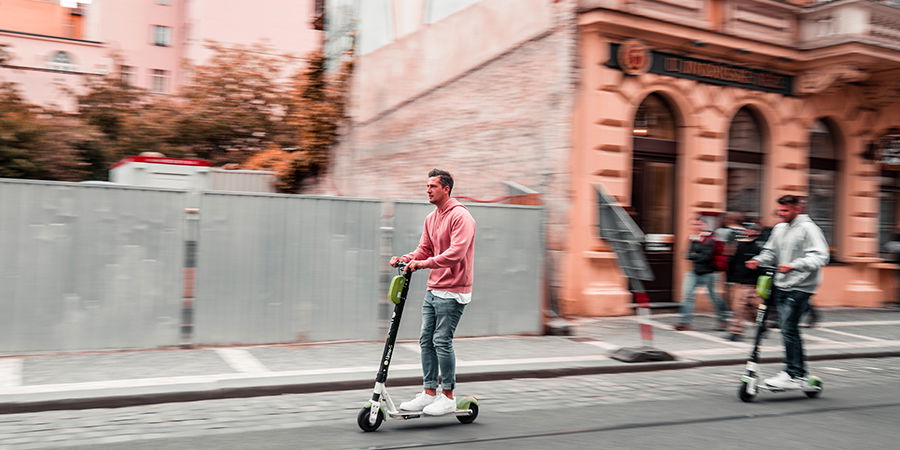
E-scooters, for instance, have struck a chord with users and been adopted at an incredible rate. Lime was founded in 2017 and has now spread to over 100 cities with the company valued at $2.4 billion. Micro-mobility is a success because its form factor is far more appropriate than the car in an urban environment, making it far more suited to the short ‘in-between’ trips we make. At the other end of the EV spectrum, EVTOLs are becoming a genuine reality.
Ten years ago, our choices were far simpler. The biggest question a person had to ask themselves before their journey was; “Do I have enough time to grab a coffee?” Today, even before we consider embarking on a journey, we must decipher which website or app to use to plan and book the journey, decide which offers the best price, which is the most efficient to use between different travel modes. There is an overwhelming choice for the urban traveller, but does this increased choice actually improve the user experience?
If we consider the introduction of e-mail in the 90s, it had a profound effect on society, driving productivity through the revolutionary speed of communication. Today though, we are spoiled for communication options, with new digital platforms cropping up all the time. These communication developments have brought many benefits, but are we now hitting a saturation point? Wired recently singled out Slack as a culprit in an article [3], blaming the company for making work worse by stopping people getting on with their tasks because of the constant notifications. When developing new products and services we must always ask ourselves, does this really bring improvement to our lives, or it is just more noise and distraction?
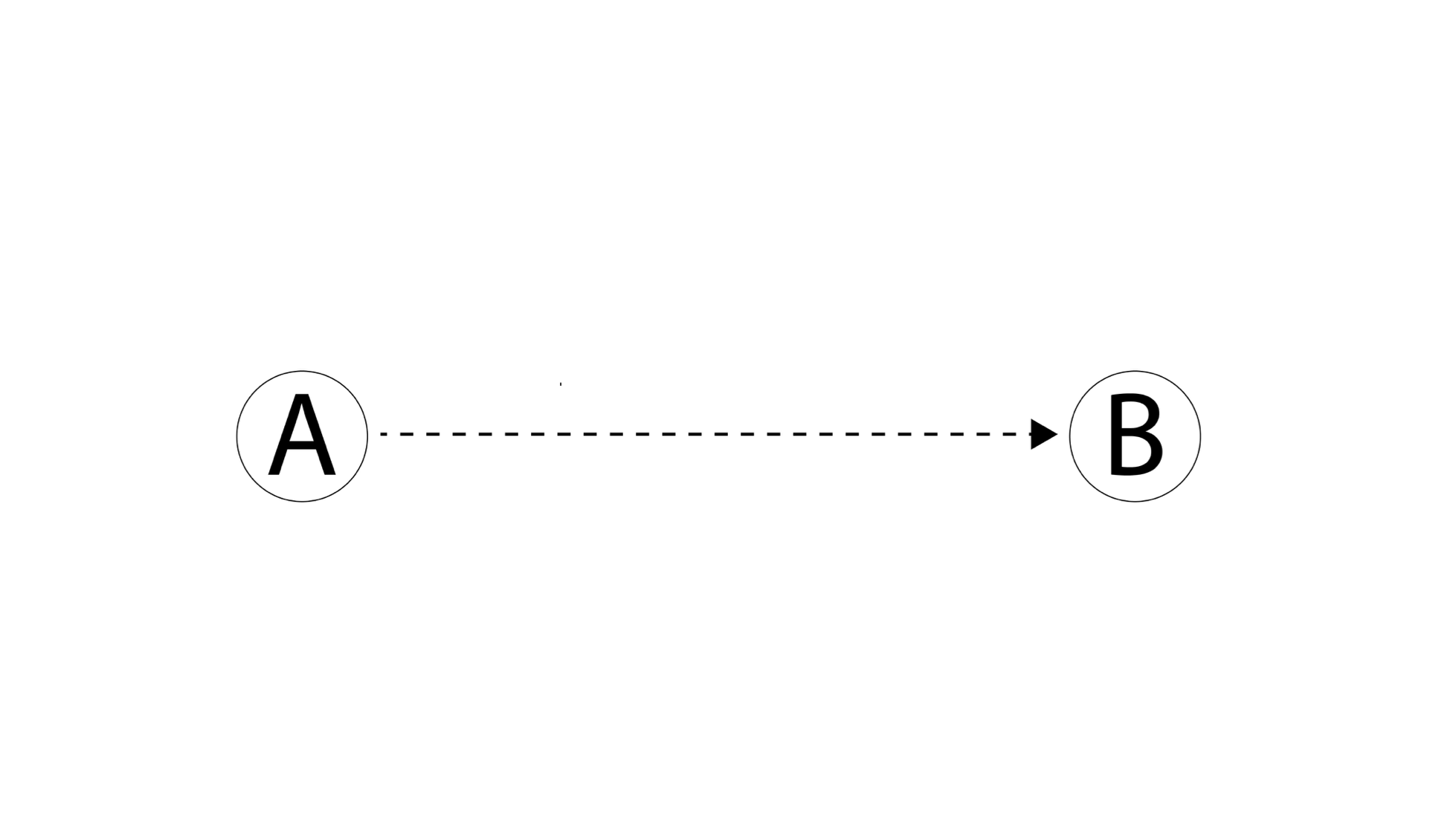
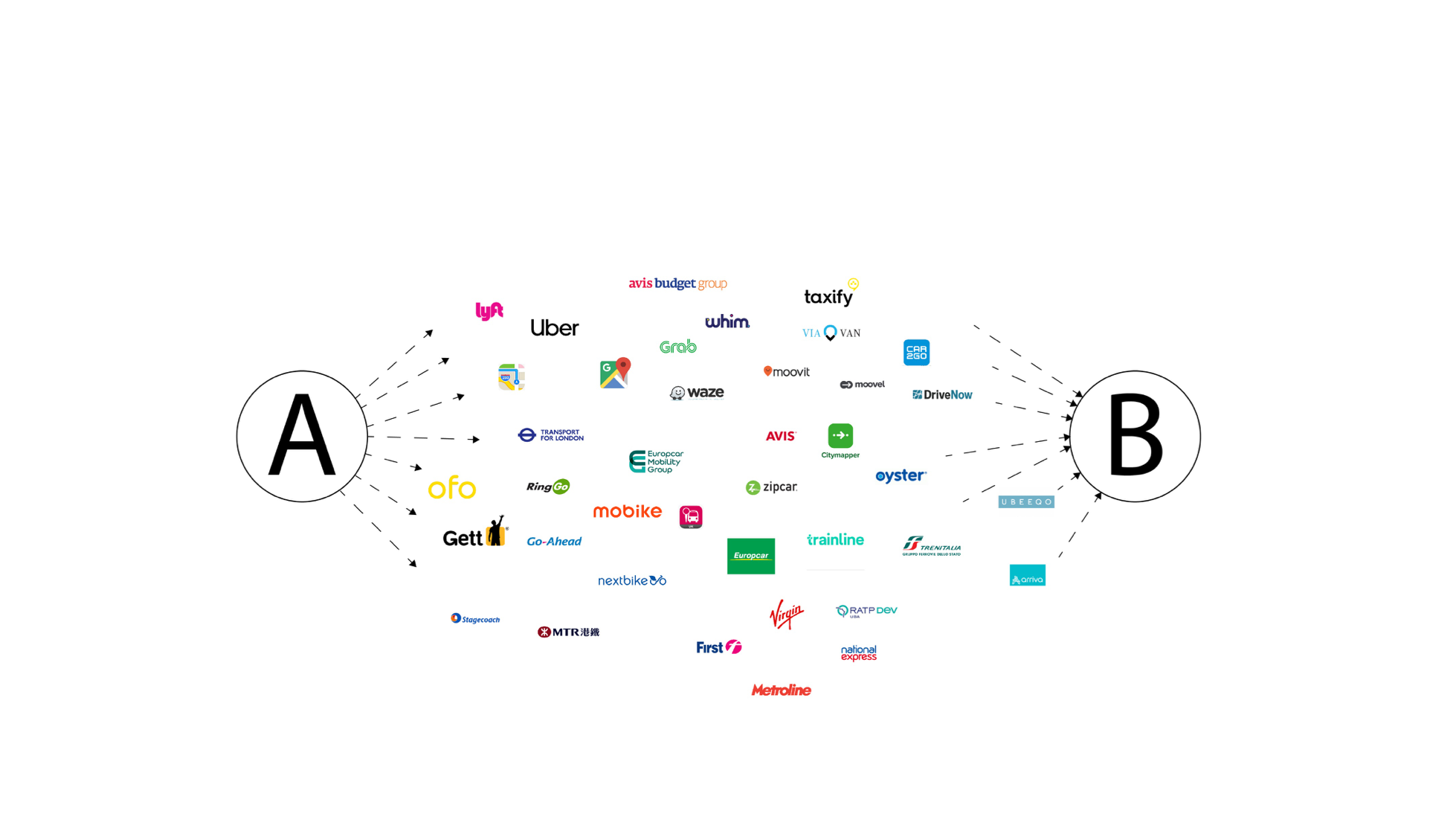
We should also be wary of copying and pasting trends from one sector to another. What has happened in communication is not necessarily a roadmap for mobility. As David Bowie once carefully pointed out to an incredulous Jeremy Paxman on the BBC’s Newsnight, “predictions are dangerous.” We can’t assume that a trend in one sector will necessarily drive the future of MaaS (Mobility as a Service).
As human beings, our appetite for newness has changed the way that we acquire things. Not only are cars rarely bought outright these days, but everything from music to groceries are accessed through subscription services. We are in the age of services, the products we buy today are expected to change and improve throughout their lifespans. The Porsche 911 design team pre-empted this and have grown their product to future-proof itself through a hybrid system. However, this does come at the expense of being a heavier, bigger vehicle than originally needed.
The way our vehicles are improved and upgraded has changed too, with the backstreet garage being replaced by wireless firmware. Major OEM groups are opening up to new ownership platforms, offering their own subscription platforms in response to consumers wanting more frequent updates and increased flexibility compared to multi-year iron chain commitments.
With the developments in technology and an increase in the world’s population, it’s evident that businesses need to keep up with the growing demands for comfortable, cheap, safe, and reliable transportation. The stat that we often refer to is that privately-owned cars are currently utilised only 5% of the time on average. In the US alone, the parking space real estate used by idle cars is valued at $2.5 billion [4].
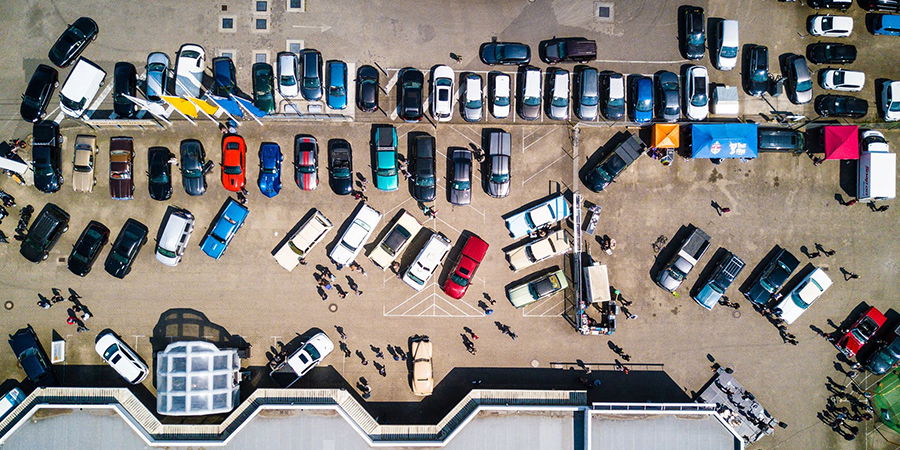
So, what would happen if the car no longer stayed parked? Why do we only design vehicles for the 5% of the time that they are utilised and not the 95% of the time they are sat idle? Will car-sharing become the norm, not the exception?
On the flip side, will consumers desire to ‘own’? Will their strong social connection to ‘driving’ continue to outweigh the benefits of ride sharing, keeping demand high for personal car ownership?
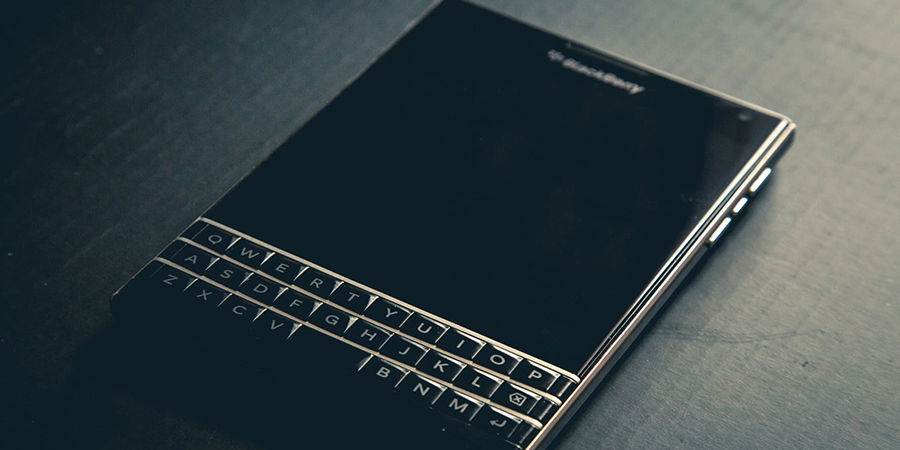
We must always keep in mind that the world can change overnight. In recent years we have seen the rapid adoption of new forms of mobility from companies that were unheard of ten years ago: Uber, Deliveroo, ZIP and Lime to name a few. So, there is no time for complacency. The tech industry has some prime examples of companies that didn’t keep up with change. The collapse of Blackberry’s and Nokia’s handset businesses are good examples of this. As businesses, we must constantly look to the future and not become complacent; because if we do, it is more likely than ever that our businesses will become obsolete.
At tangerine we are always asking ourselves, is this good for the consumer? Is this going to be good for business? Is there an opportunity here to improve the user experience? With 10 billion potential users in 2050, that’s a lot of people and complexity to consider and navigate.
We know that we won’t have all the answers, no one does or will do. However, we should aim to take a holistic view on consumer experiences and services and try to build partnerships with like-minded businesses to tackle the challenges head-on. Together with our partners in the aviation, rail, and automotive sectors we are working to create a brighter mobility future.
[1] UN’s World Population Prospects 2019
[2] International Transport Forum